‘Sign of things to come’: Chinese warships off Australian coastline exposes ‘dangerous’ threat
The shocking arrival of Chinese warships in Aussie waters sparked widespread panic. And it could be just the start of things to come.
Innovation
Don't miss out on the headlines from Innovation. Followed categories will be added to My News.
The appearance of a flotilla of Chinese warships in Australian waters just days after a deadly clash involving a surveillance plane has heightened fears over Beijing’s expansionist ambitions.
Is it a sign of things to come?
Last week, the Australian air warfare frigate HMAS Hobart joined forces from the United States, Japan and the Philippines in maritime drills in the West Philippine Sea (the portion of the South China Sea).
Chinese warships watched over the proceedings from a distance. But, earlier this week, an Australian P-8A Poseidon surveillance aircraft operating nearby was involved in a dangerous incident.
The Australian Defence Force (ADF) has accused Chinese Peoples Liberation Army Air Force (PLAAF) J-16 Hidden Dragon strike-fighter fighter jets of “unsafe and unprofessional” behaviour.
Beijing insists it was within its rights to do what it did.
“Australia is … advancing its own selfish agenda. Its actions of infringing on China’s territorial airspace of Xisha Qundao and threatening China’s national security, while shifting blame and shirking responsibility,” the state-controlled Global Times quoted international affairs analyst Ding Duo as saying.
This was “highly irresponsible and detrimental to the healthy development of bilateral relations”, he added.
Now, China’s navy is returning the favour.
A flotilla of two warships and a military supply vessel have been spotted in the maritime approaches to the north of Australia.
And that highlights the nation’s greatest vulnerability.
“With limited resources and finite defence capability, yet vast interests at sea, it’s important that Australian security and economic planning is trained on the most critical pain points in our sea lines of communication,” Australian Strategic Policy Institute (ASPI) analyst David Uren says in summary of a newly-released security report.
Australia’s supply lines are long and exposed. And an “adversary could implement military coercion at a distance with threats against our trade and supply routes”.
It’s a scenario of heightened relevance in a federal election year where all major parties must balance Canberra’s economic ties with Beijing and its security relationship with Washington, DC.
And it’s an environment where Beijing refuses to back down on its expansionist agenda.
“I do think that we’re in a … more challenging circumstance than we’ve ever been since 1945. And I include the height of the Cold War,” Minister for International Development and the Pacific Pat Conroy recently told the Australian National University’s National Security College.
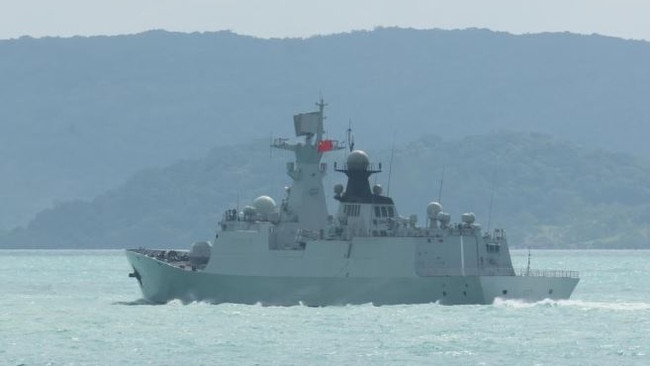
“Our future prosperity and security has to depend, and will depend on the rules-based order being respected by everyone.”
An eye for an eye
“China has lodged solemn representations to Australia, demanding that Australia stop its infringement and provocations and stop undermining peace and stability in the South China Sea,” said Chinese Foreign Ministry spokesman Guo Jiakun.
Chinese state-controlled media took the argument to the next level.
Chinese “military expert” Zhang Junshe added that Australia was “a thief crying ‘stop thief’.”
“Their goal is to dominate international public opinion while diverting attention from their own actions — sending warships and aircraft into the South China Sea, promoting its militarisation, and undermining regional peace and stability,” he added.
“Judging from China’s response and countermeasures … their schemes will not succeed.”
Beijing’s dangerous interception of the Australian Poseidon appears to have occurred within the exclusive economic zone (EEZ) of the Paracel Islands between China and Vietnam. These islands were seized by China during a brief war with South Vietnam in 1974.
Now, Beijing has issued a statement saying the Australian aircraft had “deliberately intruded” into Chinese airspace around the Paracel Islands.
On Tuesday, its combat aircraft released flares just 30 meters in front of the Australian surveillance aircraft. This mirrors an incident in 2022 when an engine of an Australia P-8A ingested thin metal foil strips (chaff) dumped in its flight path during a J-16 interception.
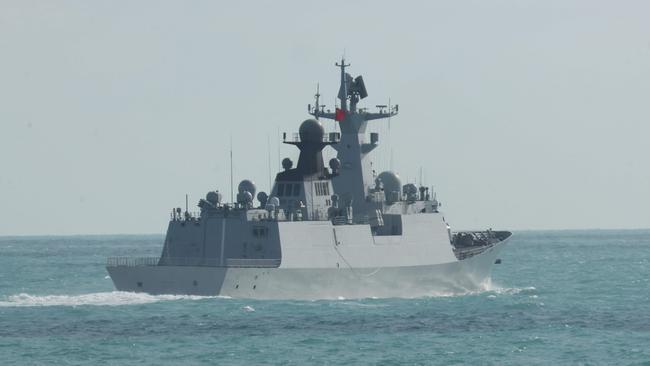
Under the United Nations Convention on the Law of the Sea (UNCLOS), an EEZ extends 370km from the shore. It bars all foreign economic activity – such as fishing and prospecting. But it does permit “innocent passage” of all international shipping and aircraft.
A nation’s territorial border is deemed to extend 22km from the shoreline. Any sea or air space breach can be deemed an illegal – or hostile – act.
“The expelling actions the Chinese side took are justified, legal, professional and restrained,” Guo said.
He went on to demand that Australia “cease its infringement and provocation and stop undermining peace and stability in the South China Sea”.
But Beijing has demonstrated a hostile aversion to surveillance even in another nation’s EEZ.
In 2022, an Australian Poseidon was struck by a laser fired by a Chinese warship operating in the Arafura Sea to the north of Darwin.
Defence Minister Richard Marles, detailing this week’s incident to Australian media, said: “We understand there are going to be interactions between our respective defence forces, but what matters is that those interactions are safe and professional, and on this occasion, they were not.”
Missile matchmaking
“The vessels travelled through Southeast Asia, before entering Australia’s maritime approaches. One of the vessels, the Hengyang, transited the waters to Australia’s north,” the defence statement adds.
China has built the world’s largest navy in just 20 years. It’s only second to the United States in aircraft carriers and nuclear-powered submarines.
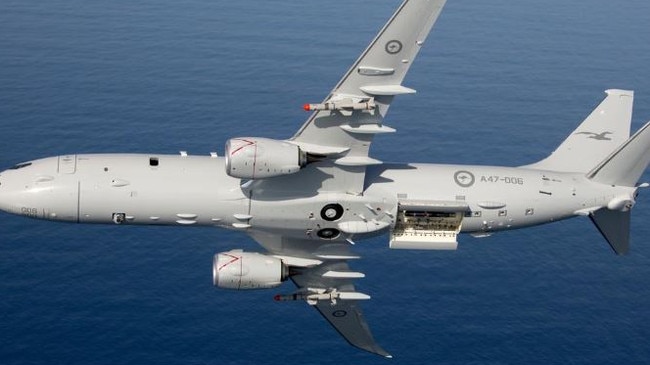
The PLAN Type 55 (Renhai) class cruiser Zunyi is the Chinese flotilla leader. It weighs 11,000 tons with a primary armament of 112 vertical launch cells (VLS). These can be loaded with long-range anti-aircraft, anti-surface and ground attack missiles.
The Type 054A frigate Hengyang carries a 32-cell VLS launcher. And the third ship is a long range replenishment vessel.
This total of 144 single-shot missile bays matches the combined firepower of all three of Australia’s Hobart-class frigates, each fitted with 48 VLS cells. The Adelaide-built ships, based on the Spanish F100 multipurpose frigate design, entered service in 2017.
The fact that Chinese vessels are passing through Australia’s EEZ is not a problem.
“Australia respects the rights of all states to exercise freedom of navigation and overflight in accordance with international law, just as we expect others to respect Australia’s right to do the same,” a Defence Department statement reads.
But it adds that it will “professionally” monitor the Chinese warships’ movements and actions.
It’s all part of building a “picture” of Chinese military practices, habits and performance.
And that’s a role central to Australia’s P-8A Poseidon fleet.
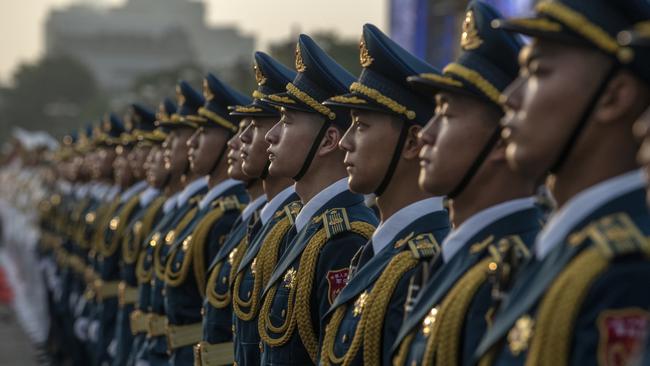
“Creating this capability is crucial for gathering intelligence against hard targets, understanding emerging events, anticipating the future, and maintaining decision advantage. It’s a tall order,” retired US Army Lieutenant General Scott Berrier says of the need for surveillance.
“If deterrence fails, conflict with the PRC would be unlike any other in history. It would be much faster, more lethal, and more autonomous in an era with swarm technology and hypersonic weapons. It could even include the unthinkable: the use of nuclear capabilities.”
Clash of ideals
“Beyond mere territorial disputes, (incidents such as these) expose a critical battleground for international law, global influence, and the shifting order of 21st-century geopolitics,” University of Wollongong security analyst Dr Lowell Bautista writes for the Australian Institute for International Affairs (AIIA).
“These incidents are reshaping regional dynamics and testing the resilience of international norms, global alliances, and strategic calculations in the Indo-Pacific.”
Beijing is seeking to expand its diplomatic, economic and military influence deep into the Pacific. It’s been seeking to purchase ports and airfields, along with establishing security contacts and lines of credit to island nations.
Australia considers the South Pacific its “family” and “backyard”.
“There is geostrategic competition in the Pacific. Only a fool would deny that,” Conroy told the ANU.
“We can’t allow a world where might is right. We need to have a view where every country is equal, no matter its size. And that’s obviously something I see in the Pacific a lot.
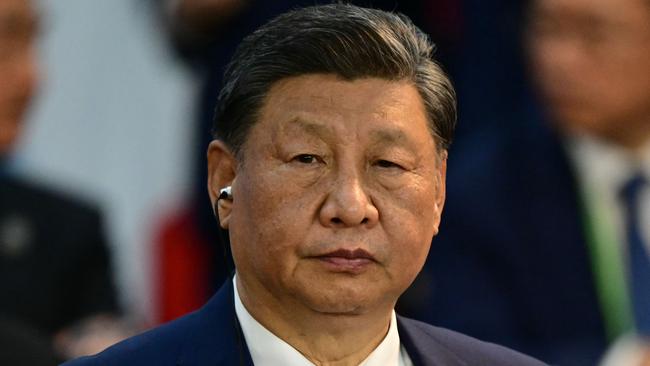
“But equally, we have to avoid war at all costs without giving away our independence.”
Beijing has a record of attempting to coerce Canberra to toe its political line.
Now, fears are rising that Washington DC may adopt the same tactic, tying economic and defence deals to Canberra’s conformity with attempts to confront Beijing.
And ASPI’s David Uren says the new security report emphasises the fact that Australia’s remoteness is no longer protection from international great-power competition.
“A dangerous combination of complacency and tolerance could be born of a view that conflicts are in faraway locations,” he writes.
“The reality is that few saw either of the current wars as imminent when they started, and we mustn’t make the same mistake in our region.”
Jamie Seidel is a freelance writer | @jamieseidel.bsky.social
Originally published as ‘Sign of things to come’: Chinese warships off Australian coastline exposes ‘dangerous’ threat



